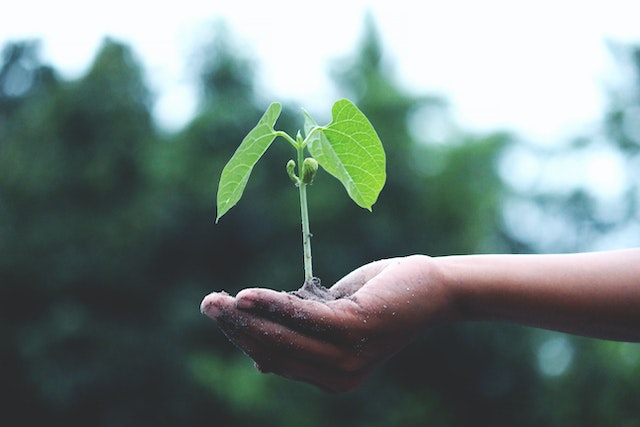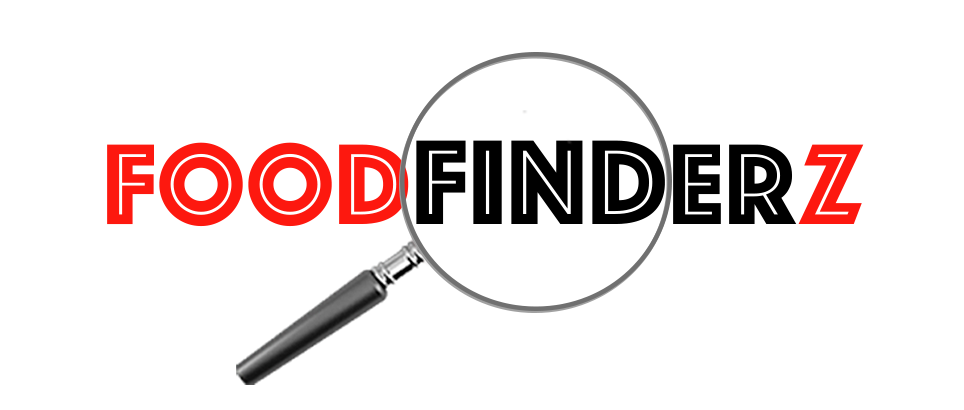Introduction:
The global B2B food market has undergone a significant transformation in the aftermath of the COVID-19 pandemic. As businesses strive to adapt to the new normal, emerging trends are reshaping the landscape of how food is sourced, traded, and distributed. In this blog, we explore the post-COVID buying trends that are influencing the dynamics of the global B2B food market.
- Digital Acceleration in Procurement:
The pandemic has accelerated the adoption of digital platforms for procurement in the B2B food market. With travel restrictions and social distancing norms, businesses increasingly turn to online solutions, making digital marketplaces and e-commerce platforms integral to the procurement process. The convenience and efficiency offered by these platforms redefine the way buyers and suppliers interact, streamlining transactions in the virtual space.
- Focus on Supply Chain Resilience:
The disruptions caused by the pandemic have heightened awareness of the vulnerabilities in global supply chains. Post-COVID, businesses in the B2B food market are prioritizing supply chain resilience. This involves diversifying sources, establishing closer relationships with suppliers, and implementing technologies that enhance visibility and traceability throughout the supply chain. The emphasis is on creating agile and adaptable supply networks that can withstand unforeseen challenges.
- Increased Demand for Local and Sustainable Sourcing:
Consumers and businesses alike are placing a greater emphasis on sustainability and local sourcing. Post-COVID, there is a noticeable shift towards supporting local producers and adopting environmentally friendly practices. B2B food buyers are actively seeking suppliers who align with these values, recognizing the importance of sustainable sourcing in meeting consumer demands and contributing to a more resilient food ecosystem.
- Embracing Technology for Quality Assurance:
Ensuring the safety and quality of food products has become a top priority in the post-COVID era. Technology plays a crucial role in this aspect, with the implementation of advanced quality control measures. Buyers are increasingly relying on technologies such as blockchain for enhanced traceability, IoT devices for monitoring storage conditions, and AI for predictive quality analysis. These technological interventions provide an added layer of assurance in a world where health and safety concerns are paramount.
- Flexibility in Contractual Agreements:
The uncertainties brought about by the pandemic have led to a reevaluation of contractual agreements in the B2B food market. Buyers are seeking more flexible terms that accommodate changes in demand, supply chain disruptions, and other unforeseen circumstances. This adaptability allows businesses to navigate the complexities of the post-COVID market with agility, fostering stronger and more resilient partnerships.
Conclusion:
In the wake of the COVID-19 pandemic, the global B2B food market is undergoing a transformative period characterized by digitalization, resilience building, sustainability, technological innovation, and flexible business models. As businesses navigate these post-COVID buying trends, those who embrace change and proactively adapt to the evolving landscape will emerge stronger and more resilient in the face of future challenges. The key to success lies in understanding, anticipating, and harnessing the power of these trends to shape the future of B2B food trade.

